1. User guides/user manuals
A user guide or user manual is a how-to document. It breaks down key tasks and basic step-by-step instructions for the end-user to install, assemble, use, or troubleshoot a technical service or software. For example, you might receive basic assembly instructions for ARM core programming.
Here are a few types of user manuals:
-
Instruction manual
-
Product manual
-
Repair manual
-
Training manual
Most user guides/manuals are written with the assumption that the reader doesn’t have any technical knowledge about the topic.
2. Statements of work
A statement of work or SOW is a legally-binding document created for potential customers and breaks down the work management tasks of a project. It outlines a project’s purpose, resources, schedule, milestones, and costs.
Below is how an SOW is typically set up:
Acronyms should be spelled out in statements of work. These documents should also be written with clear, direct language (especially since you’re writing to potential customers).
3. Policies
A policy outlines procedures and standards of behavior for a specific scope such as a company, product, or project. It includes requirements for the company, product, or project to succeed. An example could be a cybersecurity policy at a company.
Policies should be easy to understand, so try to use simple language rather than falling back on jargon.
4. Standard operating procedures
A standard operating procedure or SOP is a set of instructions on what steps to follow when performing some operational task. These steps ensure that:
For example, this type of document might be written for a blood bank to ensure the blood is stored and issued appropriately. SOPs are typically required in industries such as manufacturing, warehousing, and restaurants.
5. A technical email sent to a colleague
Technical writing isn’t limited to formal documents – technical emails also count! For example, you might email step-by-step instructions on how to transfer users to a license management account and how to assign licenses to a user. Or you might provide instructions on how to use a new software feature.
Hint: follow the same best practices that you would with any email, such as including a greeting, bottom-line-on-top, headers, etc. Learn more about best email writing practices here.
6. Reports
A report details the results of a project. Common types of technical reports include:
For example, an annual report is a comprehensive technical document that a company presents to its shareholders to describe its activities from the previous year. The formal document typically includes a report from the company's Chairperson, CEO, corporate info, mission statement, etc.
7. Specifications
Tech specifications outline how you're going to approach a specific problem or issue. It also details the need for a solution such as a system or a project. With specifications, you know the unknowns like potential risks or performance issues. Specifications help with collaboration, too, because you can agree on the specifications, which improves the timeline of completing a project and prevent costly mistakes.
8. Bid documentation
Bid documentation is technical documents that describe the elements of a construction project and are used to request proposals. Elements include:
-
estimates
-
specifications
-
plans of a project
It gives bidders or suppliers the necessary info to place bids.
9. Marketing collateral
Marketing collateral is a type of marketing communication that shows why your company, product, or online platform is the best on the market. It's not always technical, but it can be if you're sharing technical information such as software or hardware.
Types of marketing collateral include:
-
e-Books
-
case studies
-
white papers
For example, an e-Book titled "Guide to C++ for Software Engineers" would be technical marketing collateral.
10. API documentation
Application programming interface (API) documentation is a reference manual on effectively using and integrating API. It's written for technical users who want to move forward in their software development. It shares specialized knowledge and schemas for tasks for software programs.
API documentation is also a big part of technical writing for computer science teams because it informs teams on how to connect and route different interfaces.


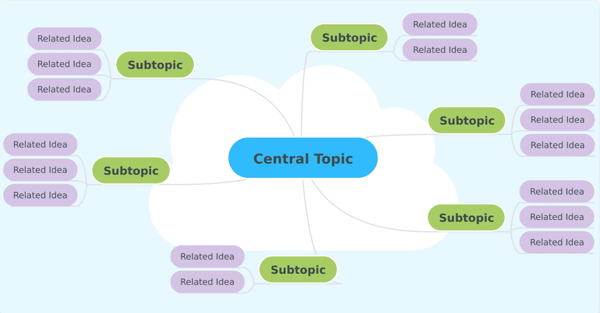
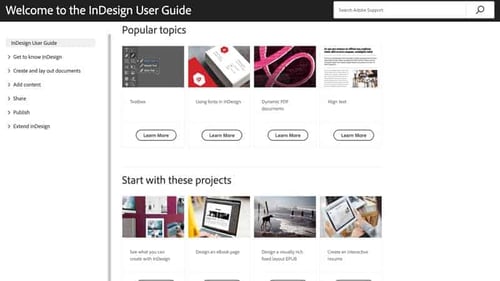
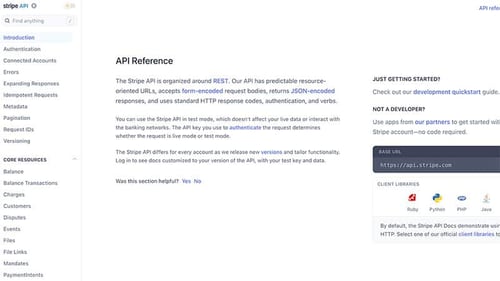
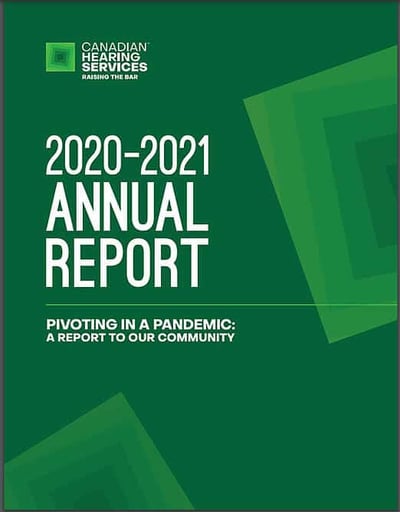
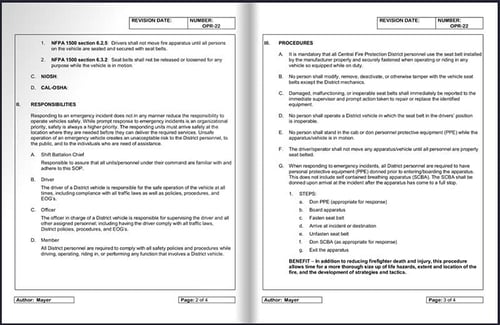
 The white paper's title could be more descriptive and persuasive. Overall, it does a good job of outlining a specific problem and providing persuasive statistics to support its arguments.
The white paper's title could be more descriptive and persuasive. Overall, it does a good job of outlining a specific problem and providing persuasive statistics to support its arguments.